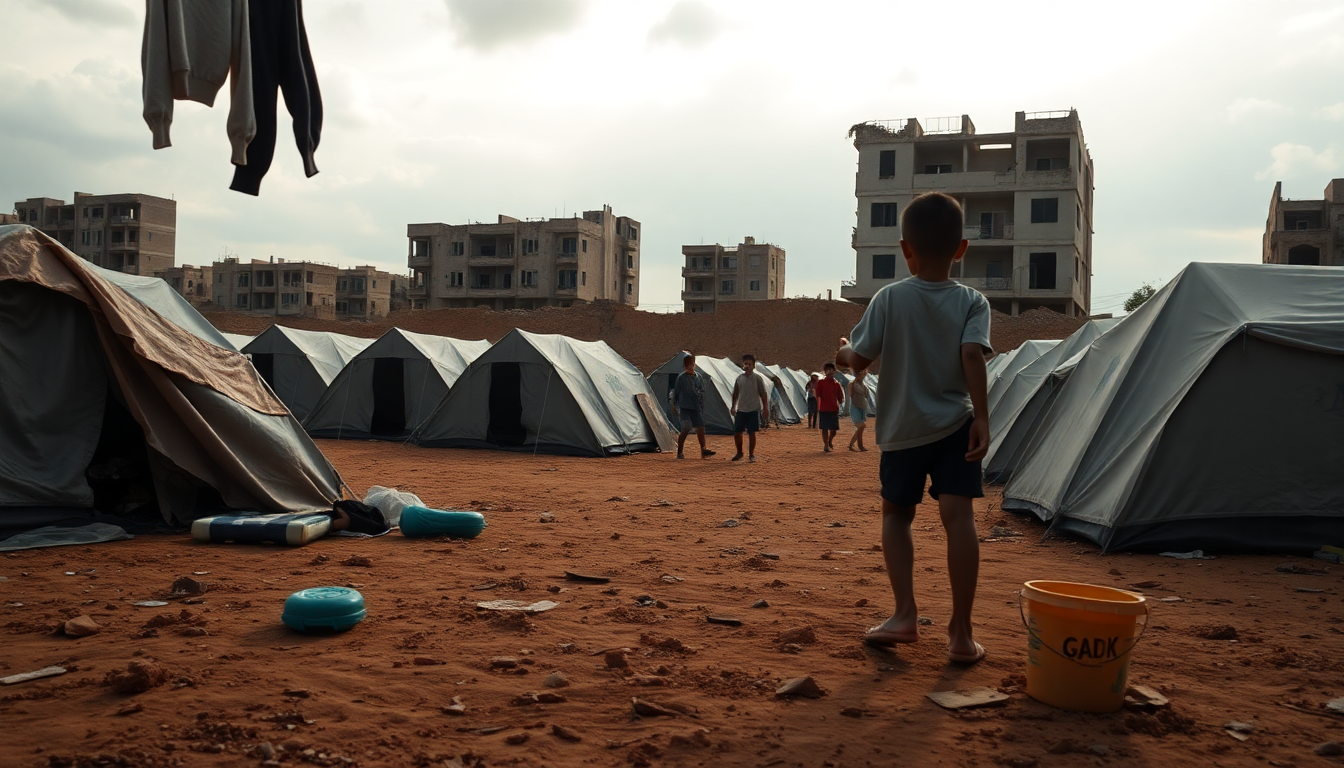Table of Contents
When we think about humanitarian crises, particularly in conflict zones, it’s hard not to feel a wave of emotions. Recently, a heartbreaking image of a malnourished child from Gaza captured the world’s attention, shining a spotlight on the dire humanitarian issues in the region. But how often do we stop to consider the full context behind these powerful images? This article aims to dive deeper into the narratives surrounding such depictions, shedding light on the complexities that often go unnoticed.
The emotional impact of imagery in humanitarian crises
Images of suffering, especially those featuring children, can have a striking influence on how we perceive and discuss humanitarian issues. Take, for instance, the recent photo of Muhammad Zakariya Ayyoub al-Matouq, a child whose plight in Gaza stirred widespread media coverage and sparked urgent conversations about the ongoing humanitarian crisis. While these images aim to evoke compassion and raise awareness, they can sometimes reduce intricate situations to mere snapshots of sadness.
Critics point out that the media often glosses over crucial context. In Muhammad’s case, while his image was initially used to spotlight the harsh realities in Gaza, it later emerged that he suffers from a genetic muscle disorder that necessitates specialized care and nutrition. This important detail was missing from early reports, leading us to question the role of journalists in presenting a thorough narrative instead of leaning towards sensationalism.
Moreover, the emotional impact of such imagery can skew public understanding of the crisis. These images often symbolize broader issues but may not fully express the complex realities faced by individuals and families living in conflict zones. The challenge is to balance the urgent need for awareness with the responsibility of portraying a comprehensive view of the situation.
Understanding the broader context of aid and conflict
In Gaza, the humanitarian situation is further complicated by geopolitics, which makes aid distribution a contentious topic. The Israeli government claims to have facilitated the entry of thousands of aid trucks into Gaza, while Palestinian authorities paint a different picture, alleging that aid is being intentionally restricted. This creates a paradox where the presence of aid contrasts sharply with narratives of scarcity and suffering.
Reports from various organizations reveal a troubling increase in malnutrition among children in Gaza, with recent statistics indicating a rise in severe cases. While such data is essential for grasping the humanitarian landscape, it often gets overshadowed by the emotional weight of individual stories. For example, the claims from the Hamas-controlled health ministry about child fatalities due to malnutrition emphasize the severity of the situation, yet the political complexities make the narrative all the more challenging.
The dual nature of humanitarian efforts in conflict zones poses significant challenges for both aid organizations and the media. It raises pressing questions about how effectively aid is delivered and how political actions on the ground impact these efforts. As situations evolve, so too must the narratives that accompany them, ensuring they reflect the complexity of human experiences instead of reducing them to mere statistics or images.
Future implications and the path forward
Looking ahead, it’s crucial to maintain a nuanced understanding of humanitarian crises. The interplay between media representation, public perception, and on-the-ground realities needs careful navigation to promote informed discussions about aid, conflict, and the human experience. Both media outlets and the public share the responsibility of seeking deeper insights into the situations behind those emotionally charged images.
Future reporting should aim to capture the complexities of individual cases while addressing the broader systemic issues at play. This balance is vital for fostering empathy and understanding, rather than perpetuating a one-dimensional narrative of despair. Ultimately, the goal should be to showcase the resilience of individuals and communities, presenting a more rounded view of the challenges they face and the support they require.
In conclusion, while the imagery associated with humanitarian crises can serve as a powerful tool for raising awareness, it also runs the risk of misinterpretation. A commitment to a more informed and empathetic approach in both media representation and public discourse is essential as we navigate the intricate realities of these pressing global issues.


